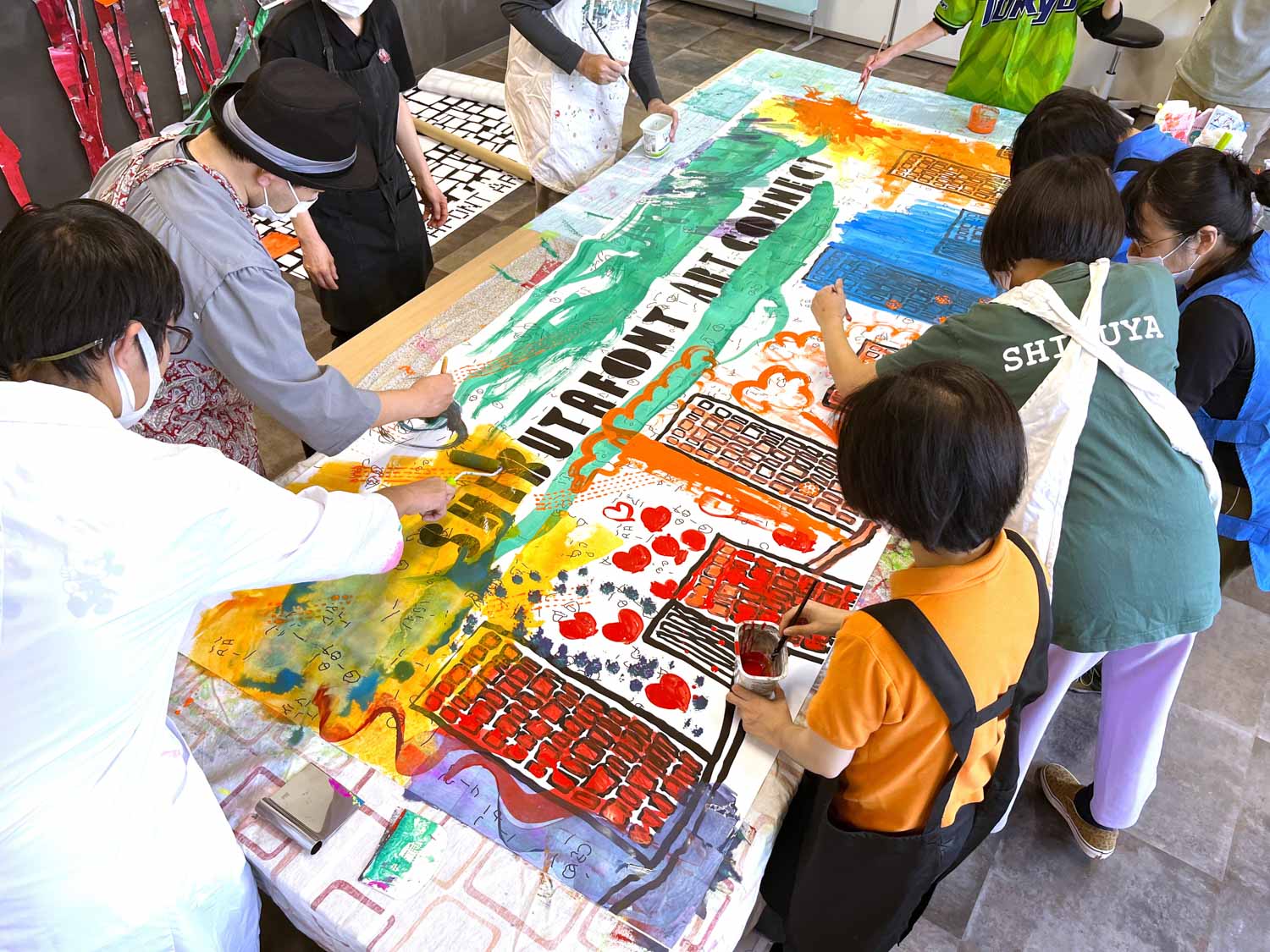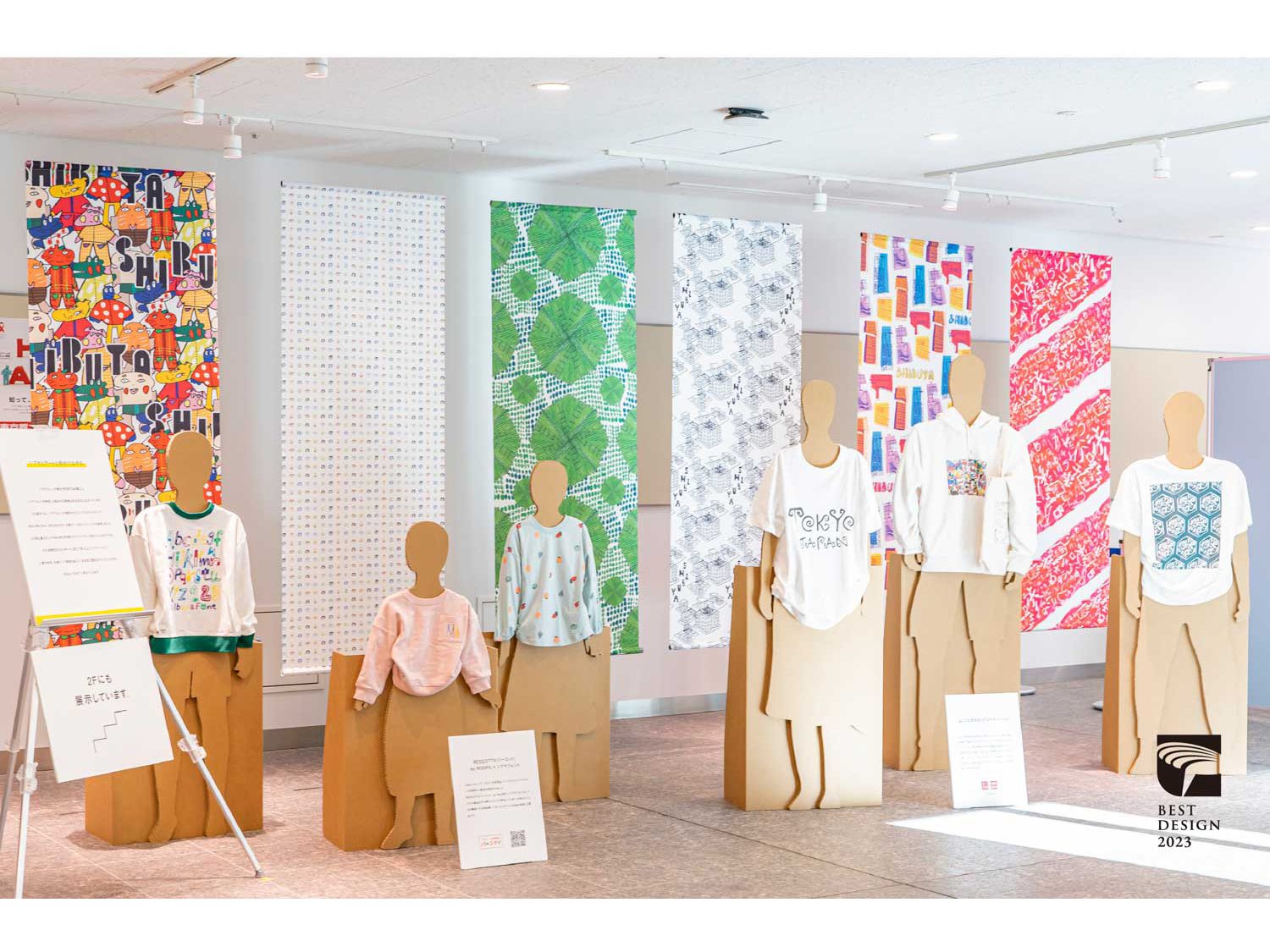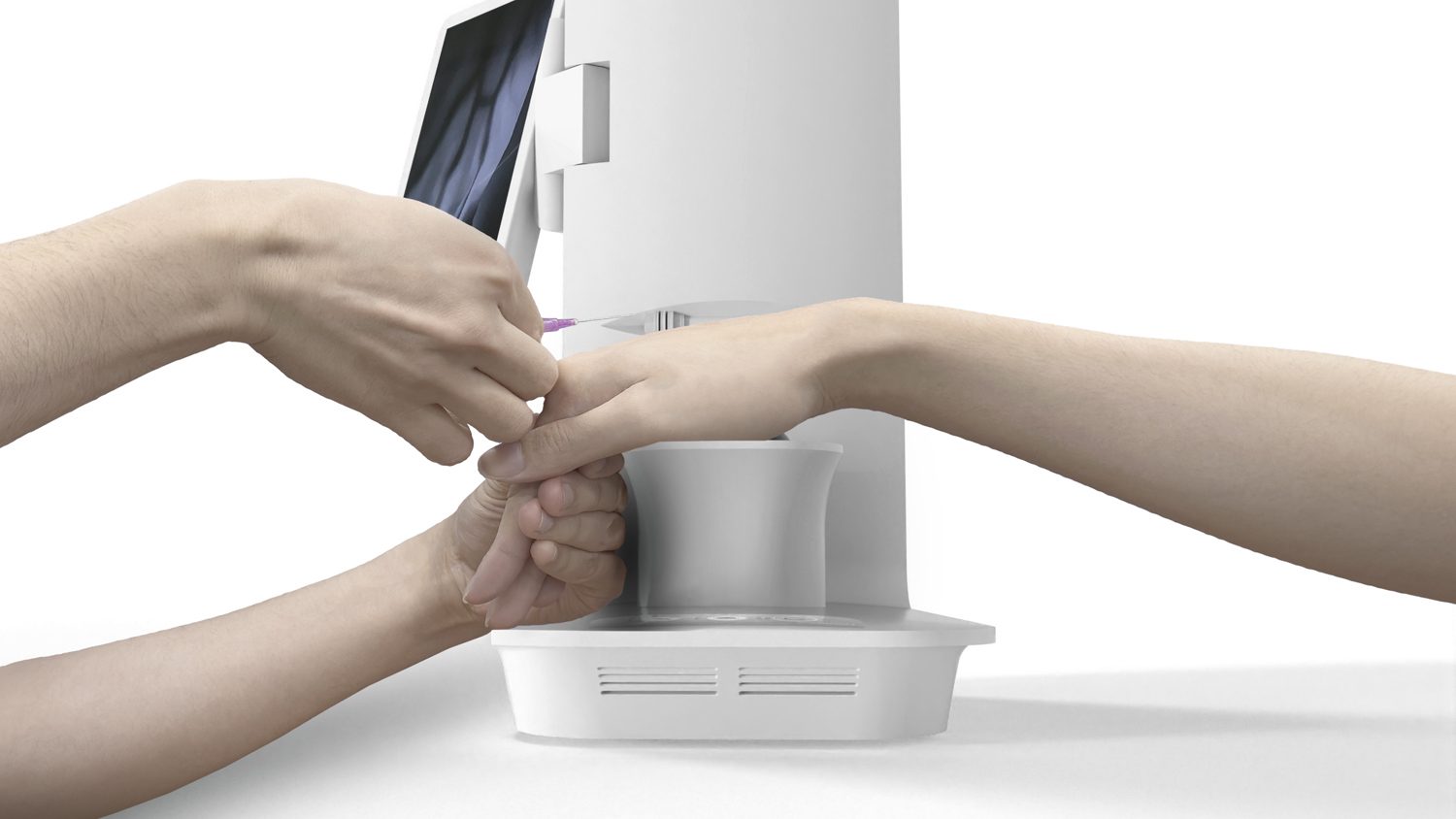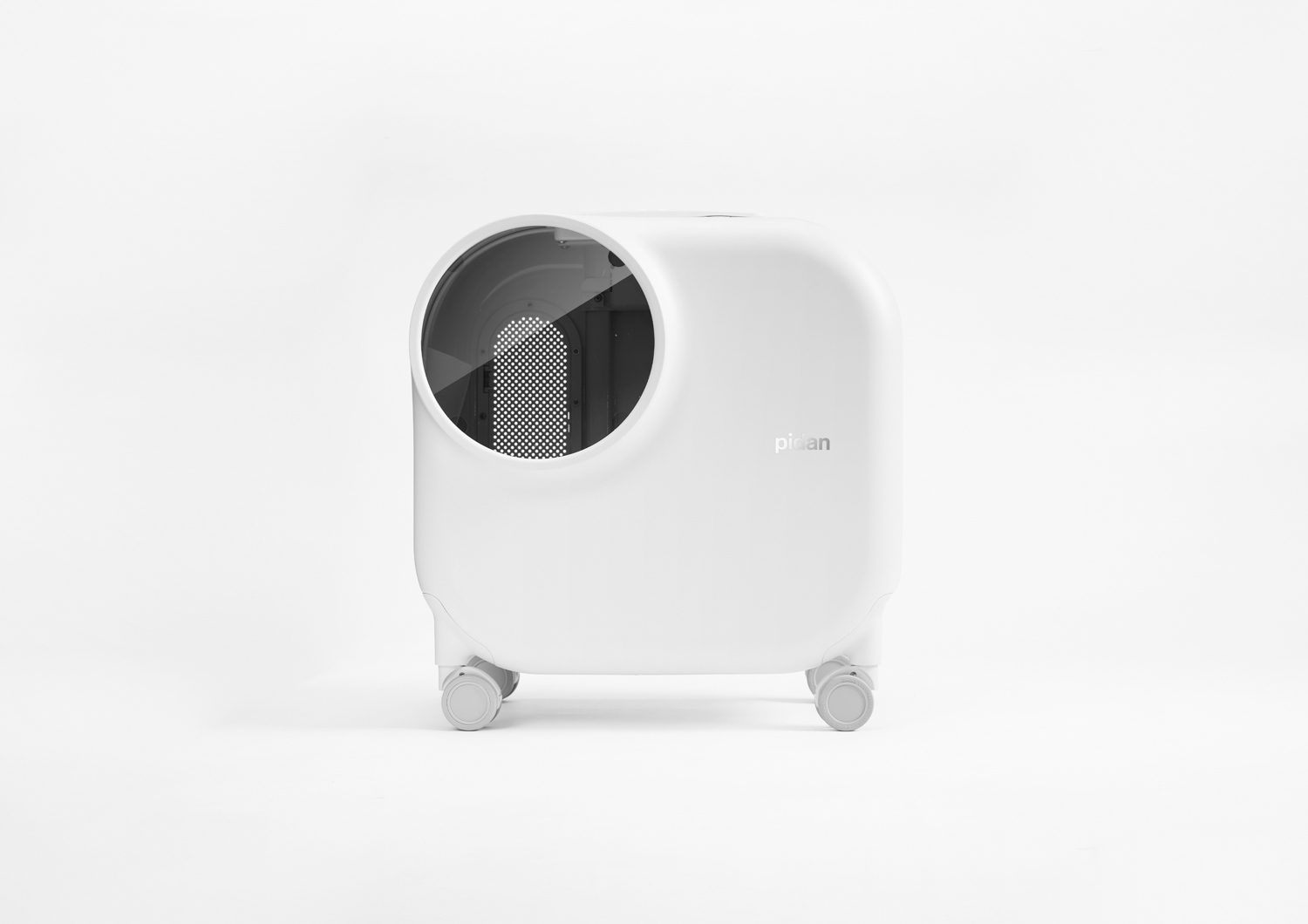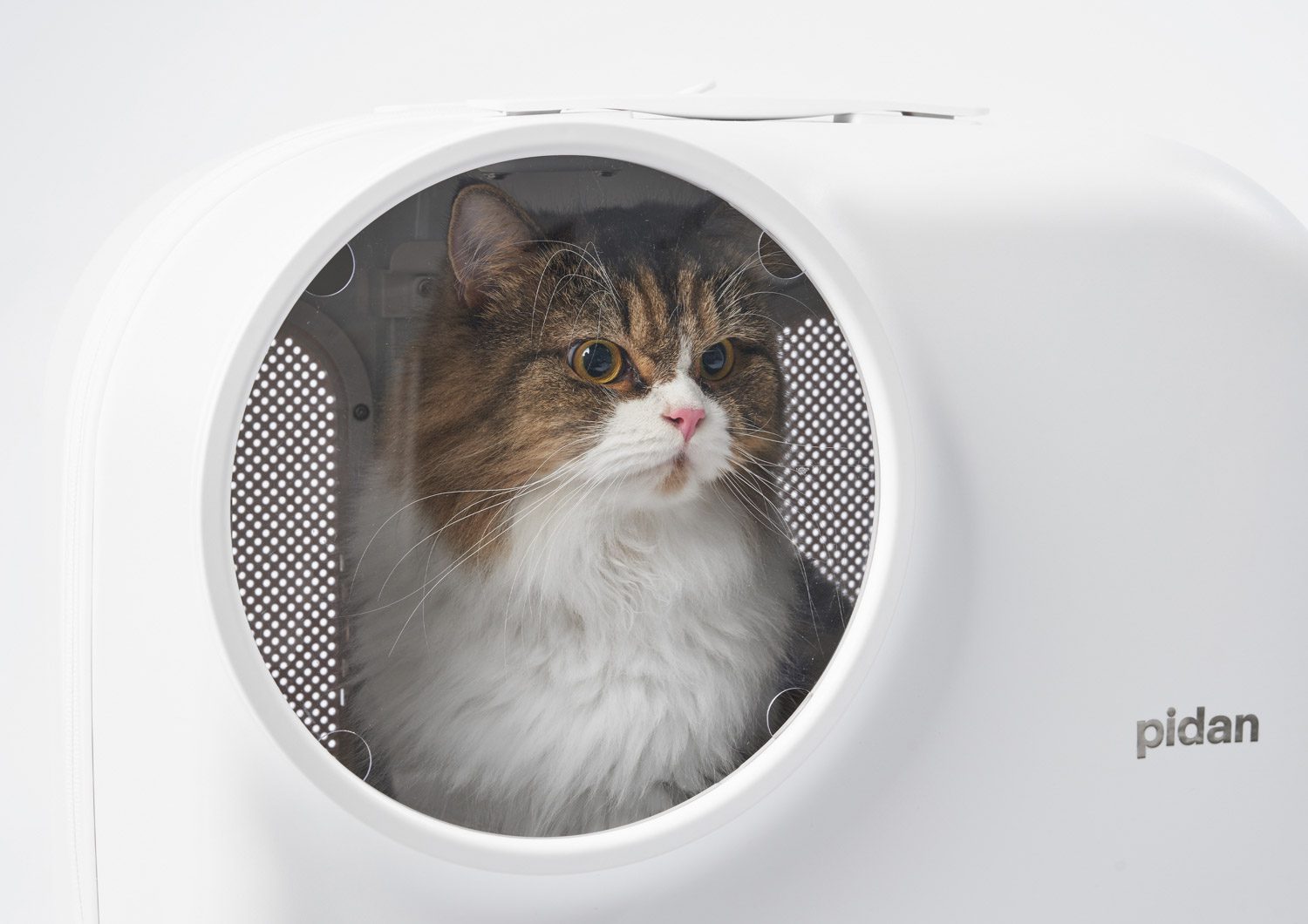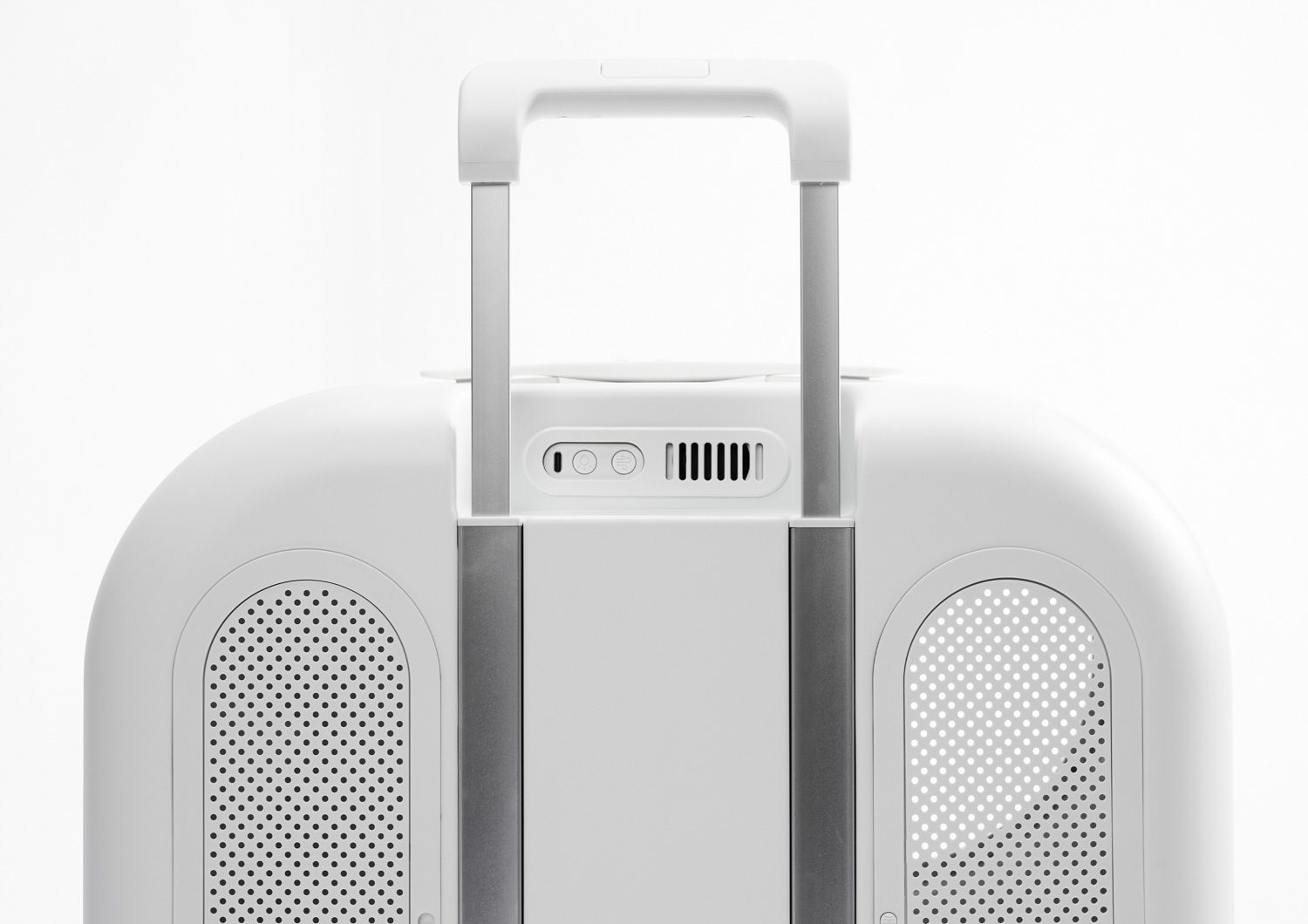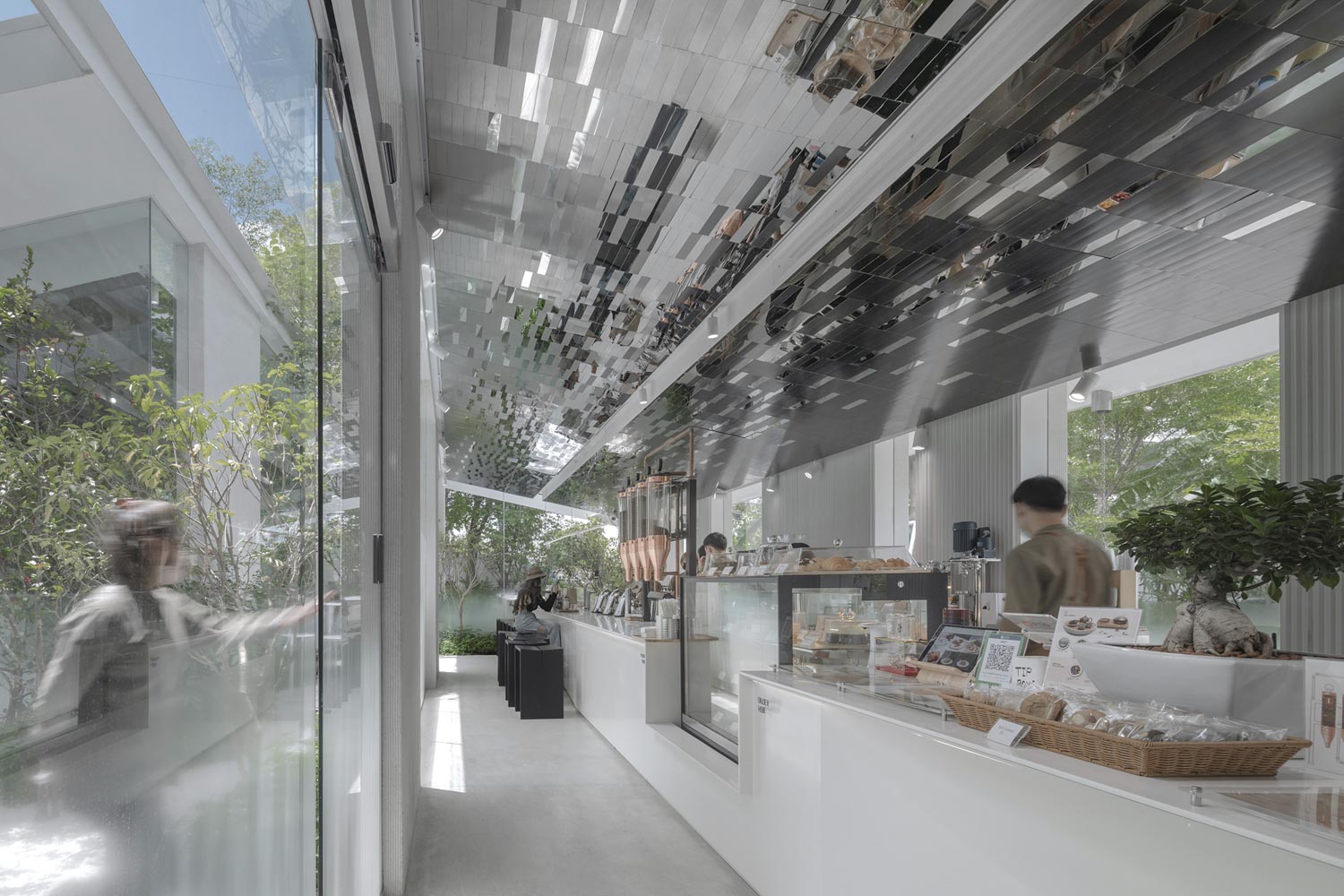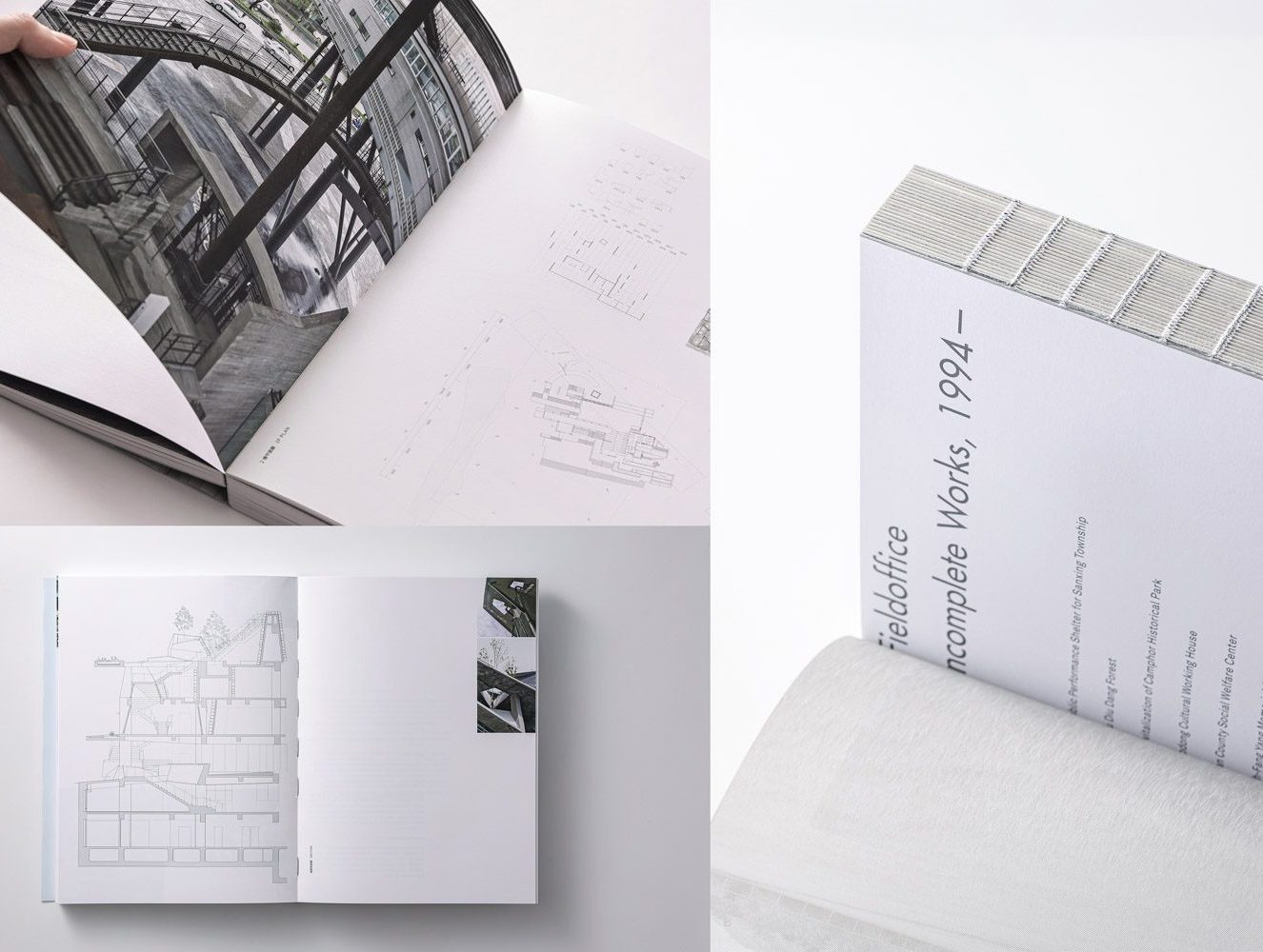EXPLORES SOME OF THE BEST DESIGN AWARD WINNERS’ WORKS IN GOLDEN PIN DESIGN AWARD 2023 WHICH REFLECTS THE INCREDIBLE GROWTH OF ASIA AND TAIWAN’S DESIGN INDUSTRIES
TEXT: KITA THAPANAPHANNITKUL
PHOTO COURTESY OF GOLDEN PIN DESIGN AWARD 2023
(For Thai, press here)
This year, the Golden Pin Design Award in Taiwan made a highly anticipated comeback. Organized by the Industrial Development Bureau of the Ministry of Economic Affairs in collaboration with the Taiwan Design Research Institute, this international design award, themed ‘Superload,’ presented a diverse array of projects that pushed the boundaries of traditional norms and limitations. It showcases each designer’s commitment to expressing their own distinct character and identity, which led to remarkable and inspiring results.
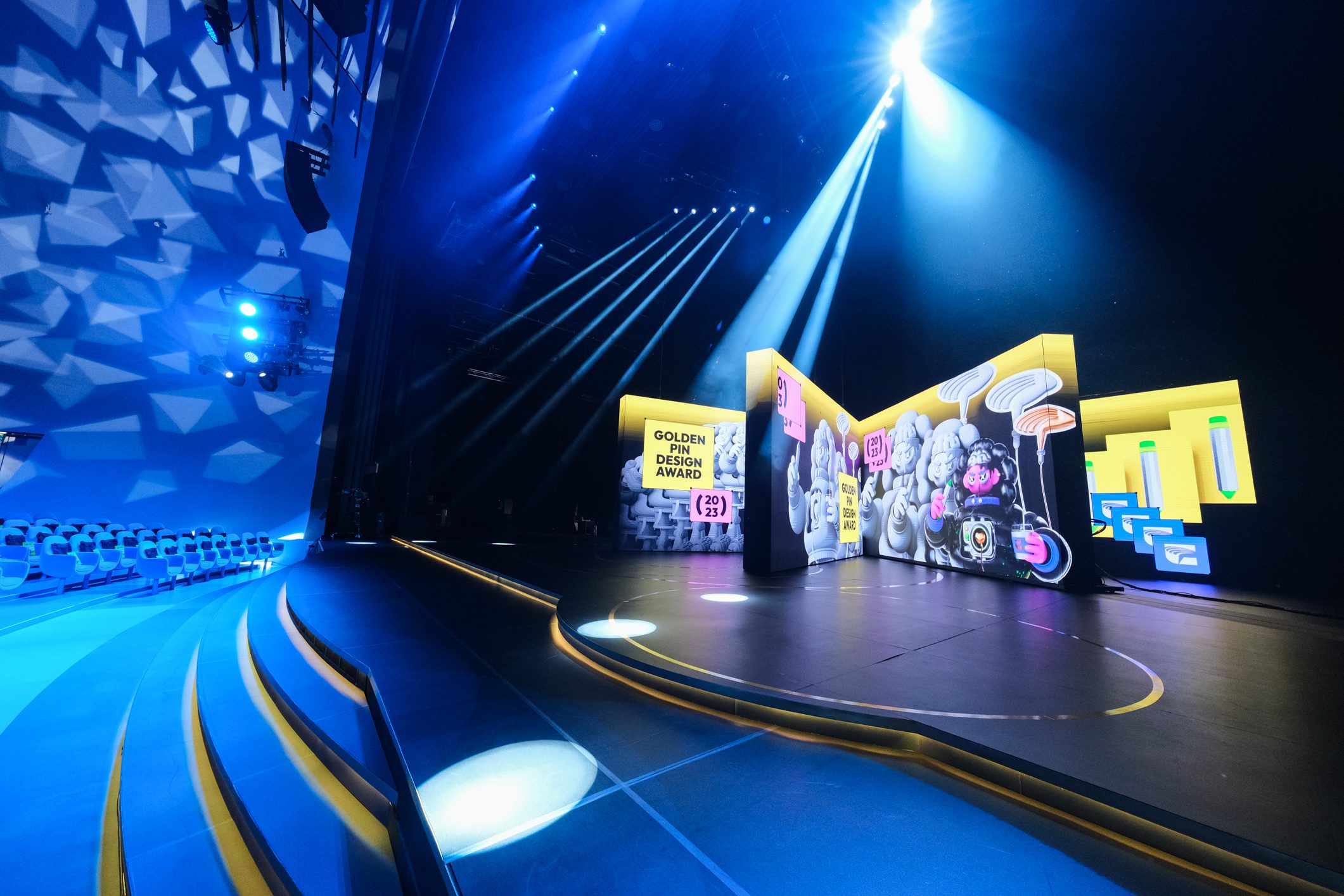
A total of 8,000 works from 23 different countries were submitted, out of which 25 were selected as the winners of the Best Design awards. The awards were categorized into different fields, with nine projects in Product Design, eight in Communication Design, five in Spatial Design, and three in Integration Design. This year, the Golden Pin Concept Design competition has announced three winners of the Best Design awards and one winner of the Special Annual Award. In this article, art4d brings you some of this year’s winning projects that we particularly love.
The first work in the Integration Design category is the Taiwan Pavilion: Visible Shop by Serendipity Studio. This innovative design was featured at the London Design Biennale in 2023. The design of the pavilion symbolizes the story of Taiwan by incorporating numerous small mechanical parts. These parts represent the collective strength of small businesses, which play a vital part in the growth of Taiwan as a nation. The next project, Shibuya Font, is dedicated to transforming drawings and handwriting made by individuals with disabilities into typefaces and patterns. These unique creations can then be used to create a wide range of artistic and design works. The process also encourages the development of a strong network of collaborations between the design community, individuals with disabilities, and the government sector. All of the typefaces are available at SHIBUYA FONT as an open-source and can be downloaded for free.
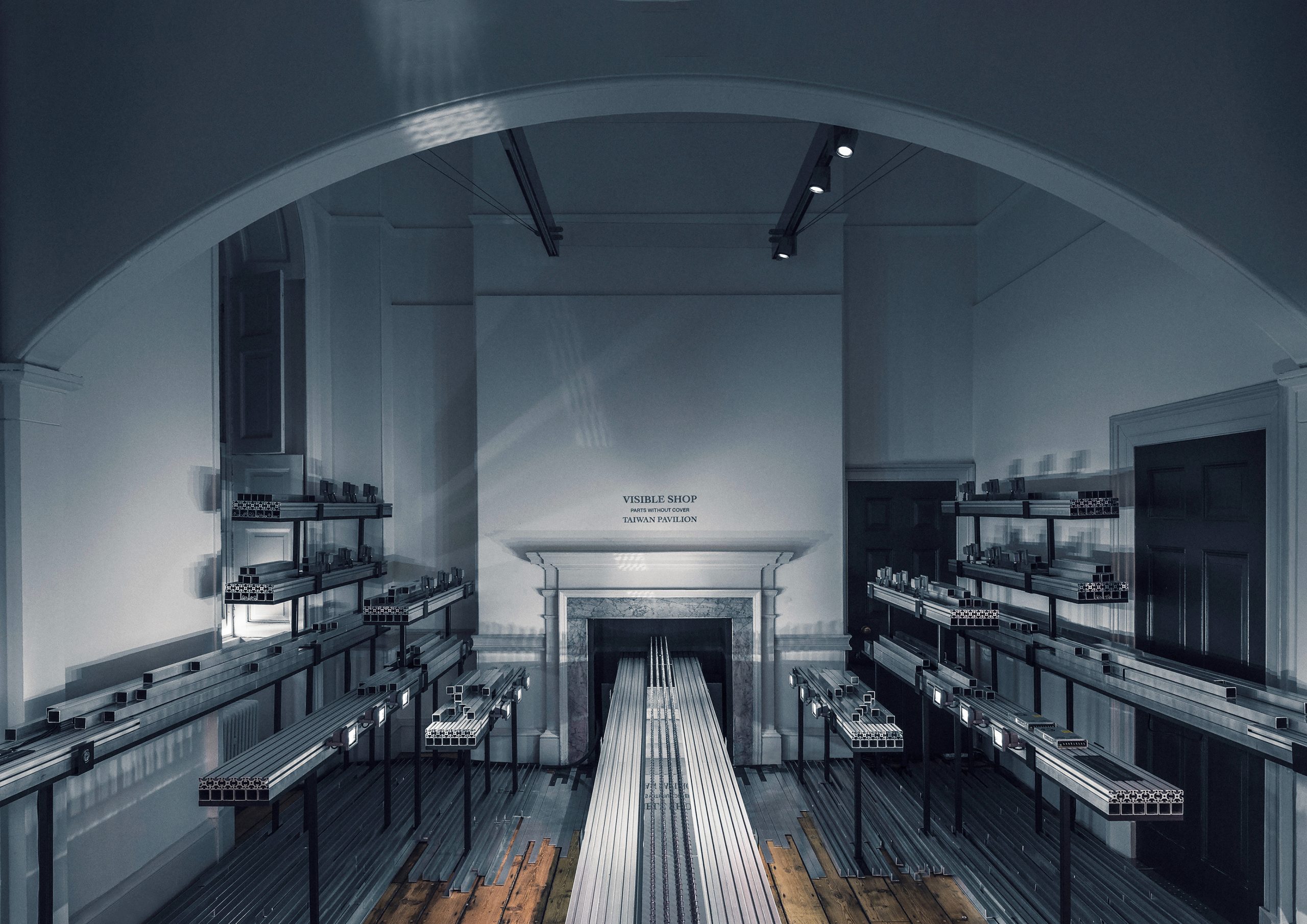
Taiwan Pavilion: Visible Shop by Serendipity Studio
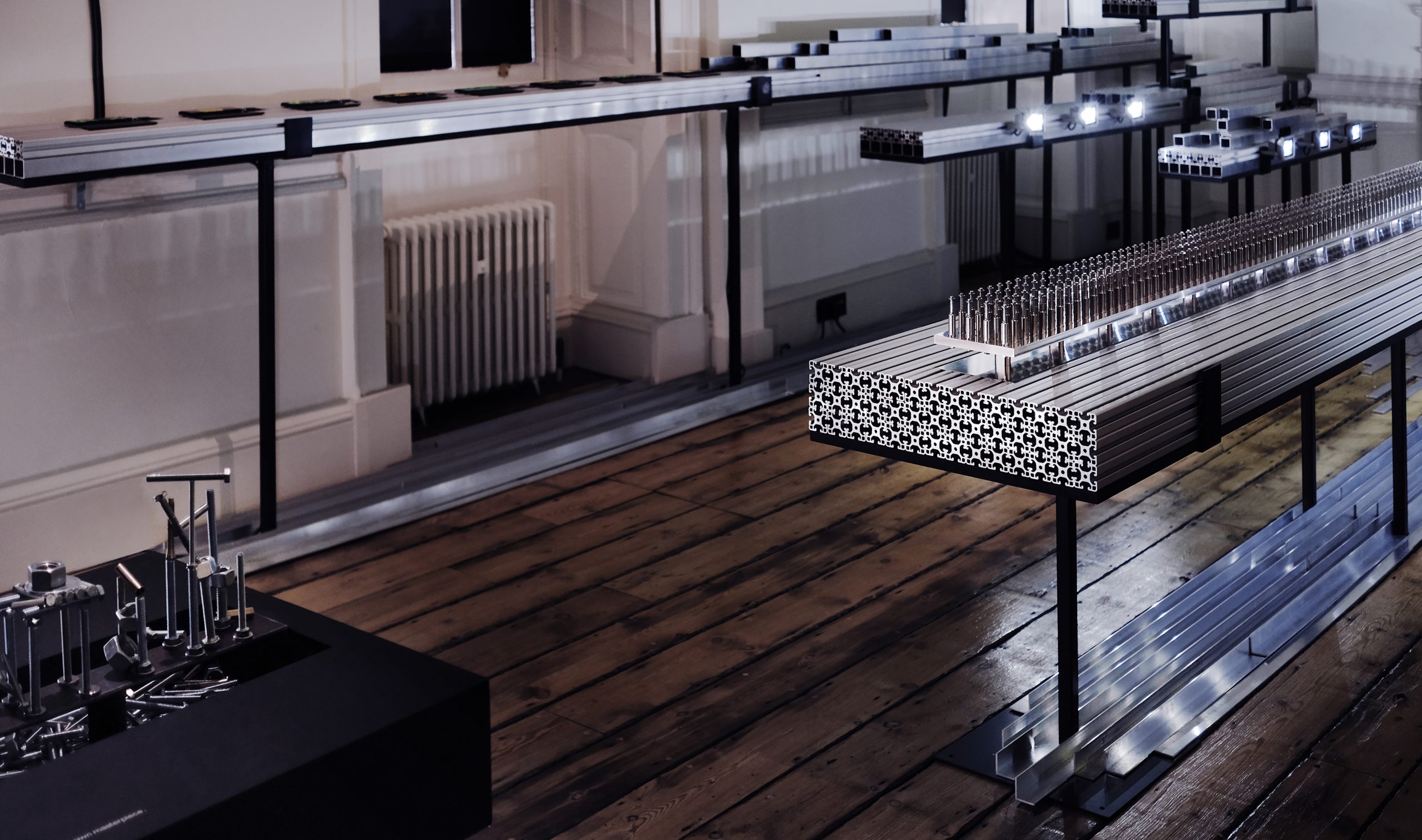
Taiwan Pavilion: Visible Shop by Serendipity Studio
In the Product Design category, the winning works demonstrate designs that are both conceptually advanced and practical. Megaforce Company Limited created the 3D Vein Viewer Locator, a portable device designed to increase intravenous injection success rates, particularly in the case of accidents. The Morus Capsule 2, created by Morus Technology (Shenzhen) Co., Ltd., is a compact dryer that combines utility with a sleek design, making it a perfect home decoration item. The Pidan Wheeled Pet Carrier by Danke Co., Ltd. is an electrically powered pet carrier that combines a visually appealing design with an efficient ventilation function. This innovative product aims to make traveling with pets effortless and enjoyable for all pet lovers.

Morus Capsule 2 by Morus Technology (Shenzhen) Co., Ltd.
The Spatial Design category winners include The Recycling Center in Kaohsiung Municipal Guang Wu Primary School by Meta House. This project successfully revitalizes the school’s interior space while educating children about waste recycling. Rongjin Gorgeous Time Park, designed by Atelier TimeScape, beautifully renovates the former official dormitories of Taihoku Prison. The revival of the old building through design and modern functions admirably takes the building’s integration and interaction with the surrounding community into consideration.

The Recycling Center in Kaohsiung Municipal Guang Wu Primary School by Meta House
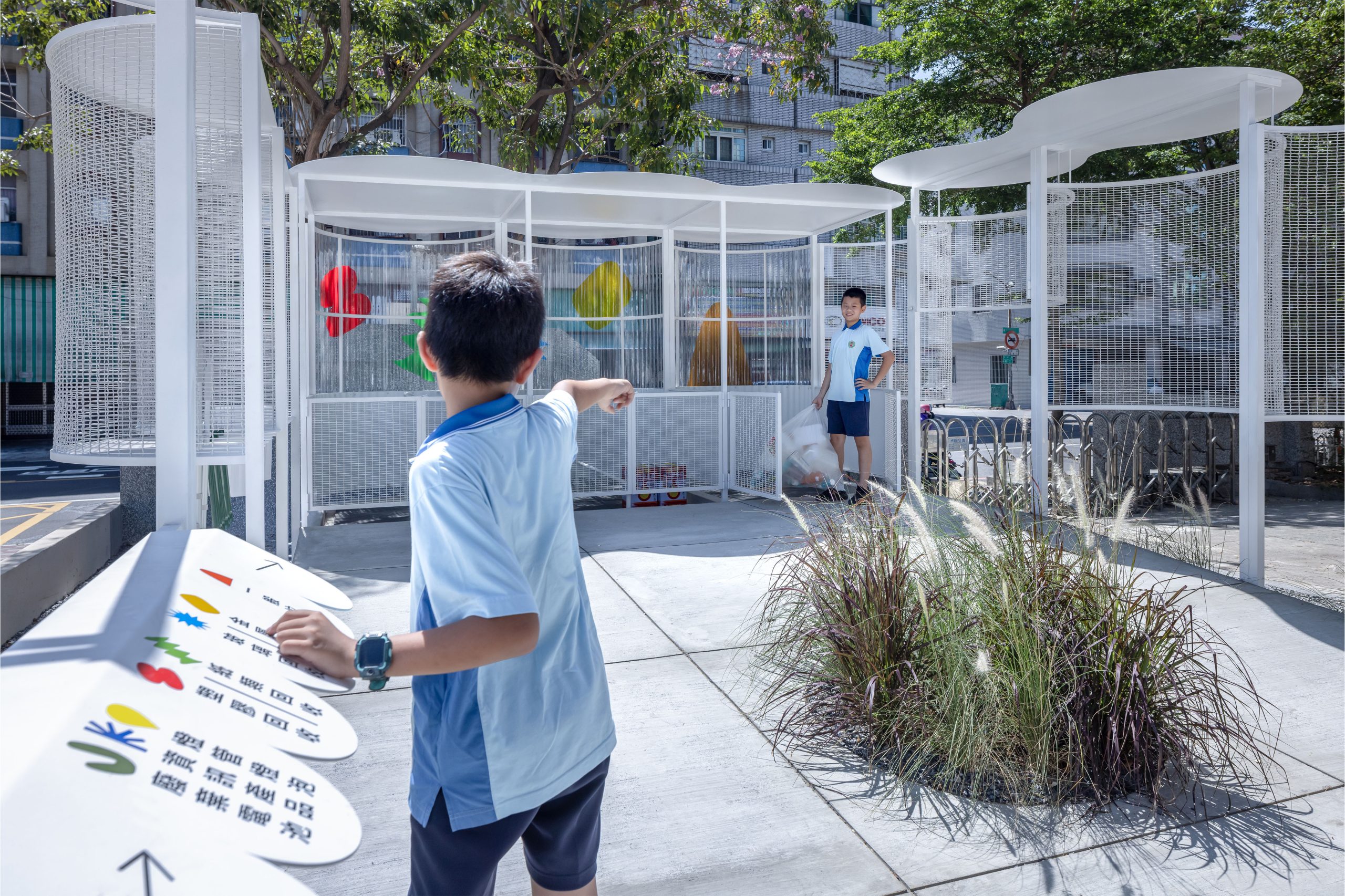
The Recycling Center in Kaohsiung Municipal Guang Wu Primary School by Meta House
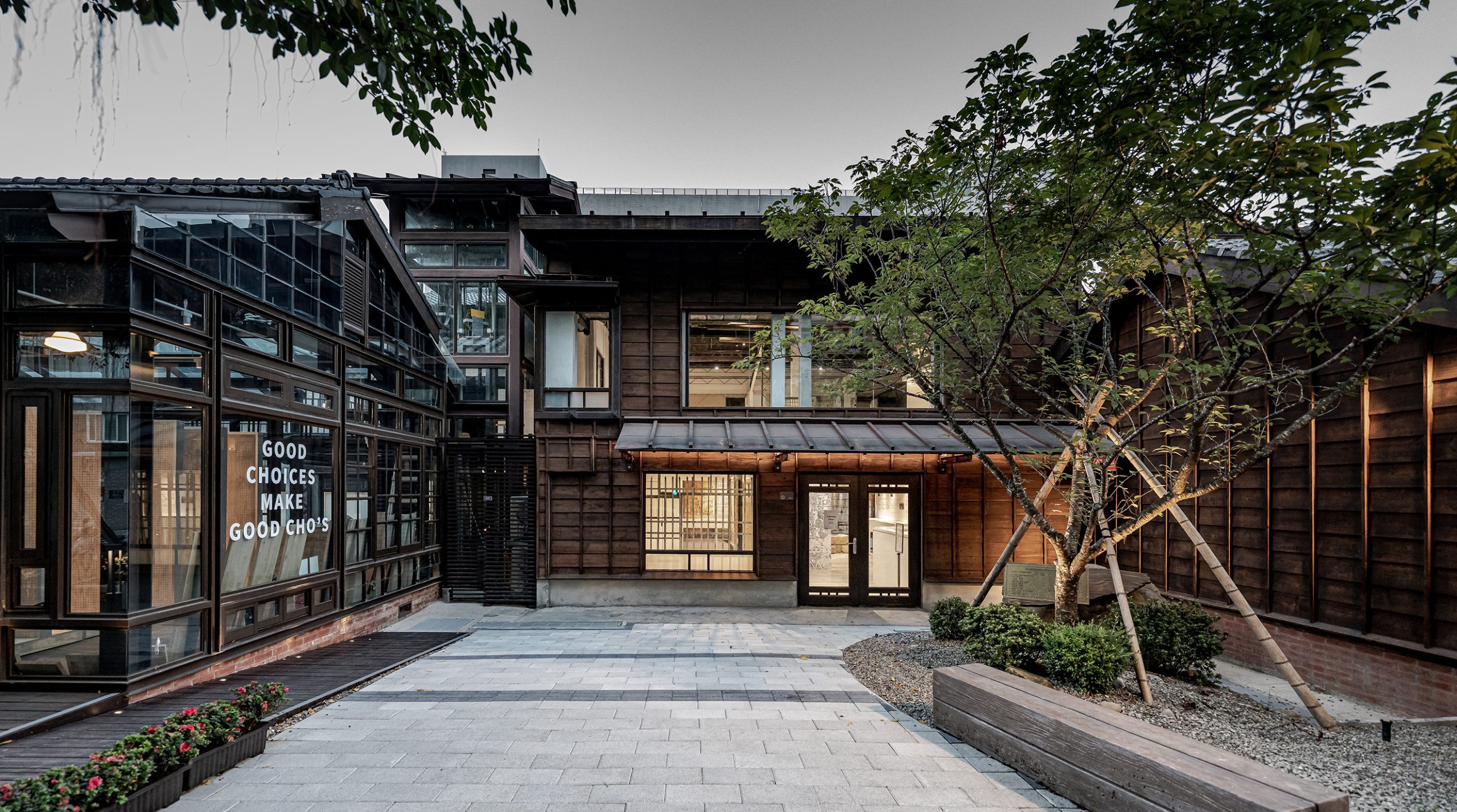
Rongjin Gorgeous Time Park—Renovation of the Former Official Dormitories of Taihoku Prison by Atelier TimeScape
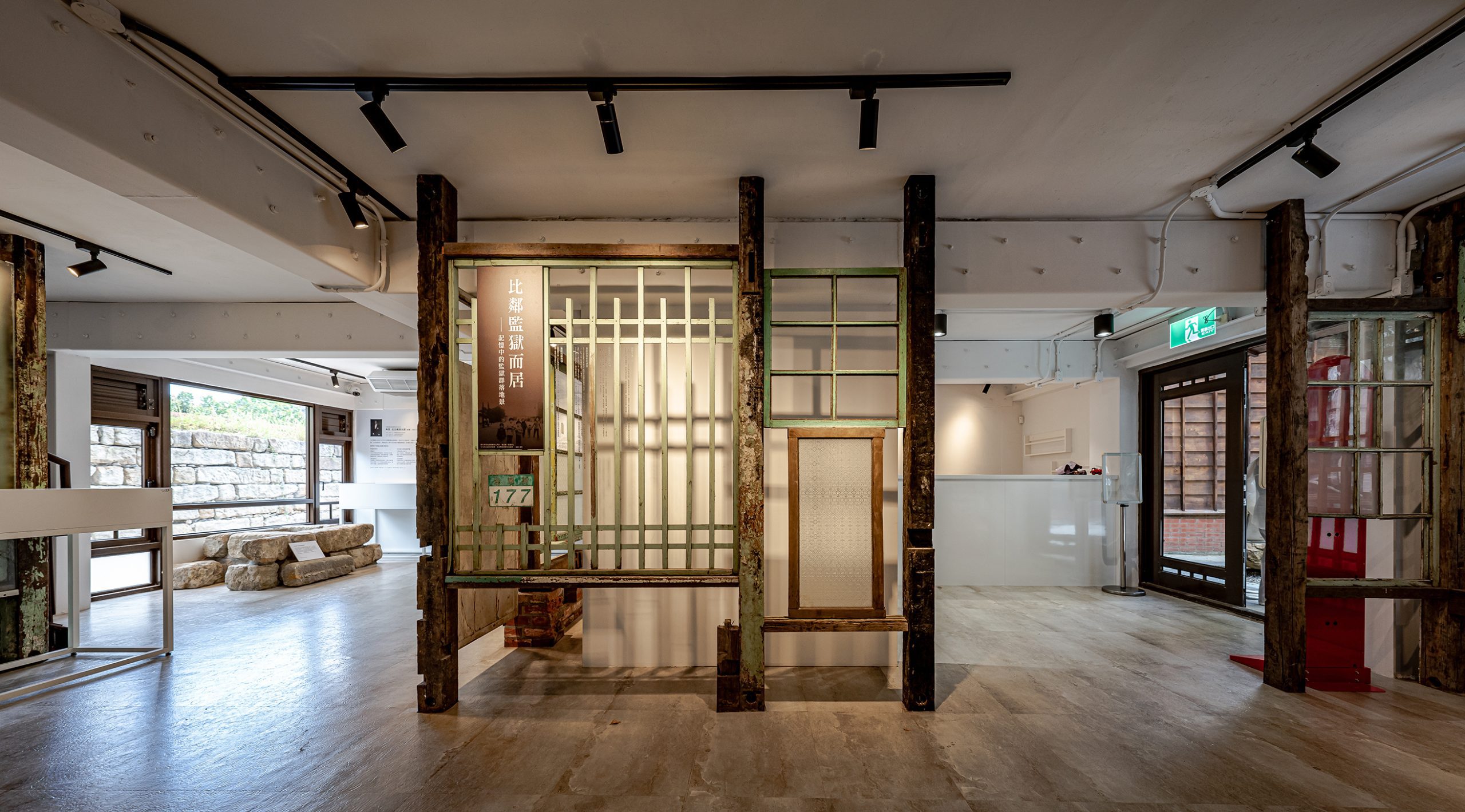
Rongjin Gorgeous Time Park—Renovation of the Former Official Dormitories of Taihoku Prison by Atelier TimeScape
There are two winning projects from Thailand this year. The first is IDIN architects‘ NANA Coffee Roasters Bangna, the cafe whose design stunningly integrates elements of nature into its architecture and spatial experiences. The second is the Angsila Oyster Scaffolding Pavilion, in which CHAT architects‘s innovative adaptation of bamboo scaffoldings, traditionally used for oyster cultivation, conveys an interesting connection between architecture, travel, local culture, and the environment.

Angsila Oyster Scaffolding Pavillion by CHAT architects
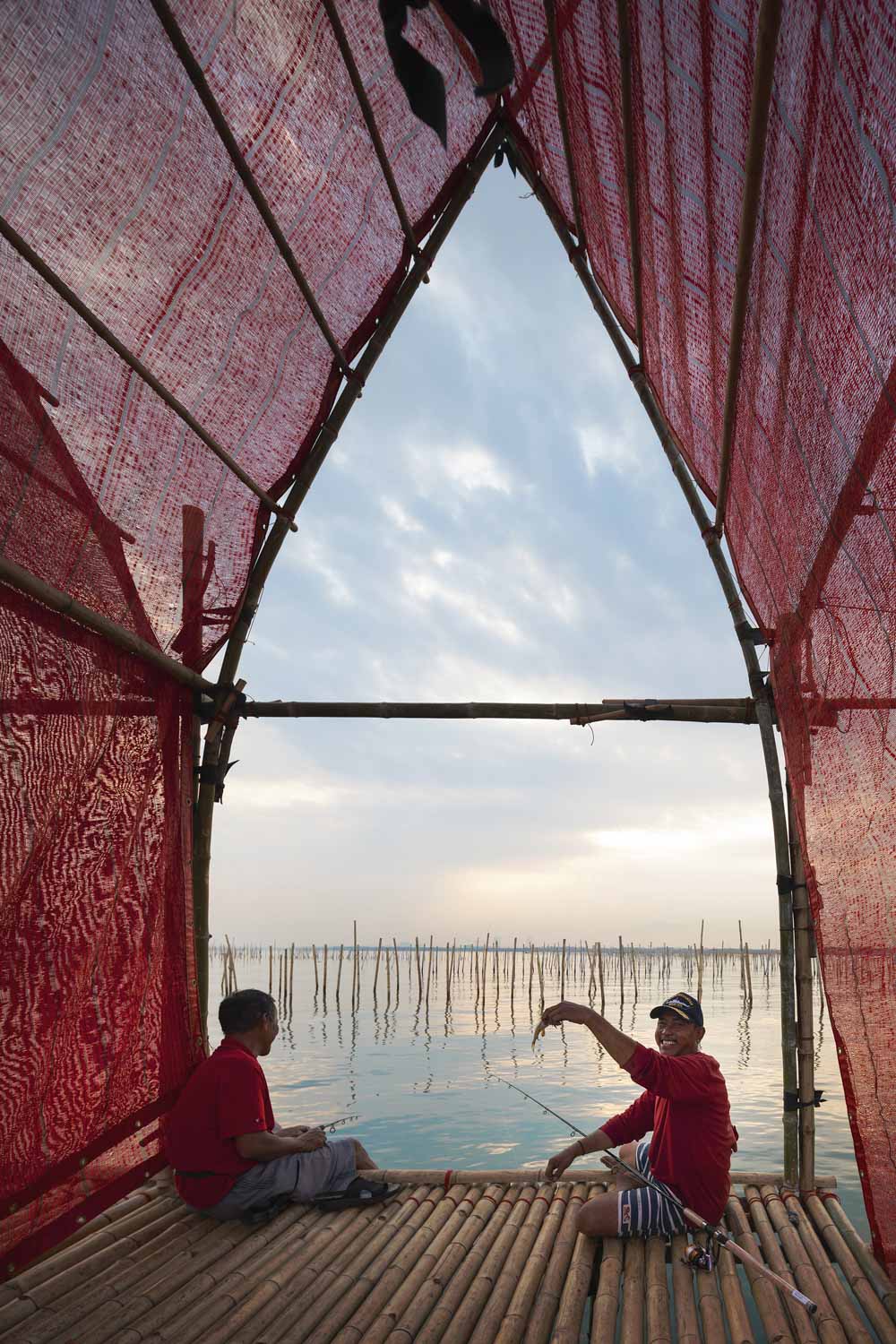
Angsila Oyster Scaffolding Pavillion by CHAT architects
One of the projects that particularly interests us in the Communication Design category is 1611 Magazine. Designed by Toby Ng Design, a Hong Kong-based firm, the financial magazine sets itself apart from others in its genre with a beautifully crafted layout that aims to make finance a more relatable and accessible topic. The logo showcases the number 1611, which represents the birth year of the Dutch East India Company, the world’s first stock market. The details of the logo’s design are just as interesting. The form of the 1611 number is modified to resemble the shape of a trading vessel, which alludes to humans’ long history of trading.

1611 Magazine by Toby Ng Design

1611 Magazine by Toby Ng Design
Another project that has caught our attention is ‘Fieldoffice Incomplete Works, 1994,’ the monograph of the architectural studio Fieldoffice Architects. The book offers a remarkably poetic reading experience, achieved through a distinctive layout design that emphasizes the significance of negative space. The tread sewing technique employed as the binding method adds an artistic appeal to the book, despite its primary focus on architecture.
Seeing the Golden Pin Design Awards Ceremony 2023 being held at the Taipei Performing Arts Center (TPAC), a renowned landmark in Taipei designed by OMA, feels extra special for the way it reflects certain aspects of the incredible growth of Asia and Taiwan’s design industries.
These are just some of the many remarkable projects featured at this year’s Golden Pin Design Awards. Visit the official website of the Golden Pin Design Award at https://www.goldenpin.org.tw/en/news/56 and find out more about other amazing works. Last but not least, congratulations to all the winners!


